Top 10 bird watching spots in Australia

Whether you’re a die-hard twitcher or just a weekend warrior, when it comes to bird watching, catching a glimpse of rare beauty is something to remember. It’s not until you visit popular migration rest stop or spot some bizarre bird behaviour that you really understand what all the fuss is about.
Here are the top 10 twitching sites to spy on some of our 800 amazing native birds species, from the iconic emu and the good humoured kookaburra, to the eye-dazzling orange-bellied parrot, or the rare Gouldian finch.
1. Kakadu National Park, NT
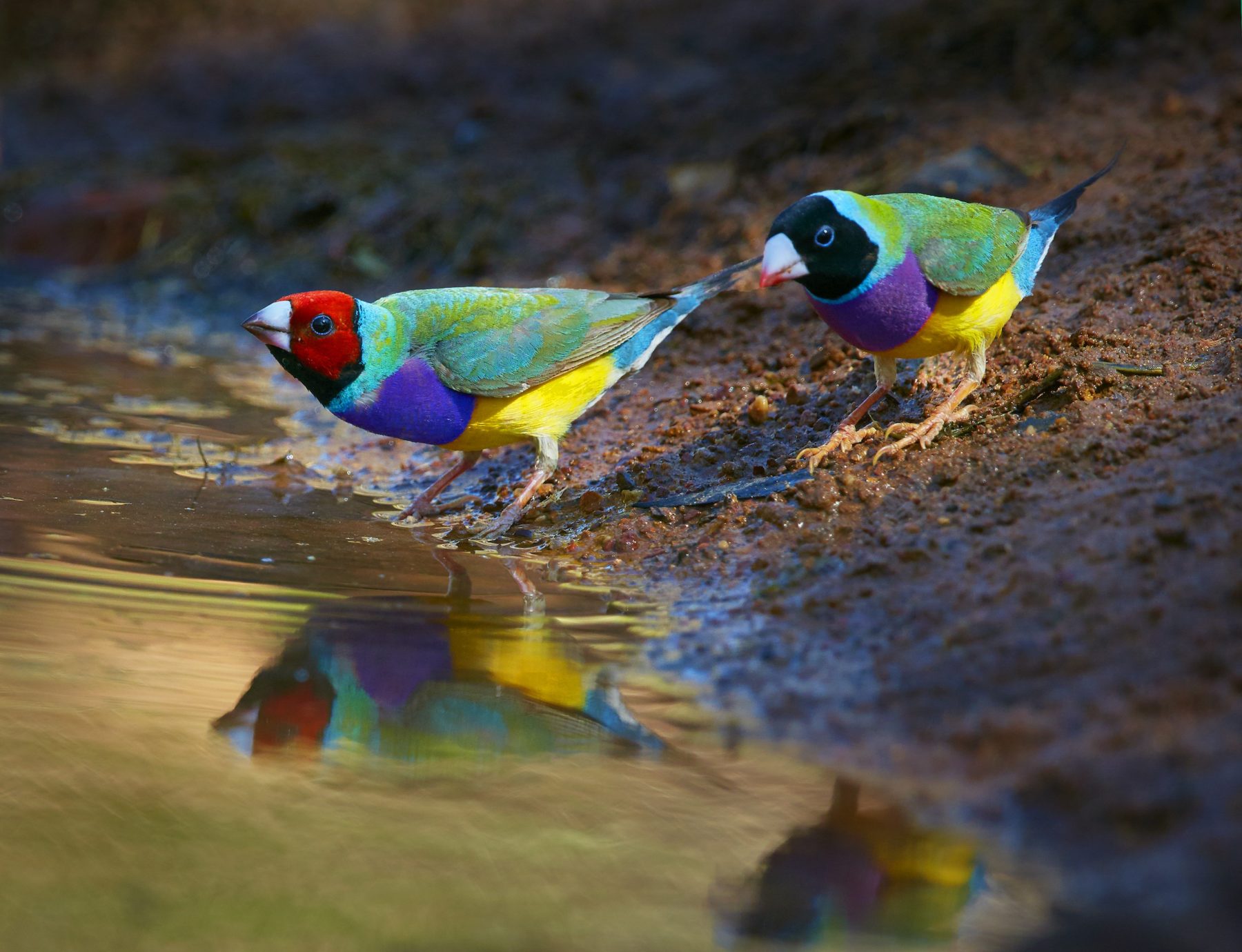
Located just north-east of Darwin, this tropical wet-dry zone is home to an astonishing 280 bird species, making it arguably one of the best bird-watching destinations in Australia. Midsummer storms sweep across from the Indian Ocean flooding the low-lying terrain creating sparse wetlands. These marshes attract large numbers of waterbirds which travel great distances to breed. With 20,000sq.km of park, the opportunities are endless.
Look out for: comb-crested jacana, magpie goose, red-goshawk and Gouldian finch.
2. Daintree Rainforest, QLD
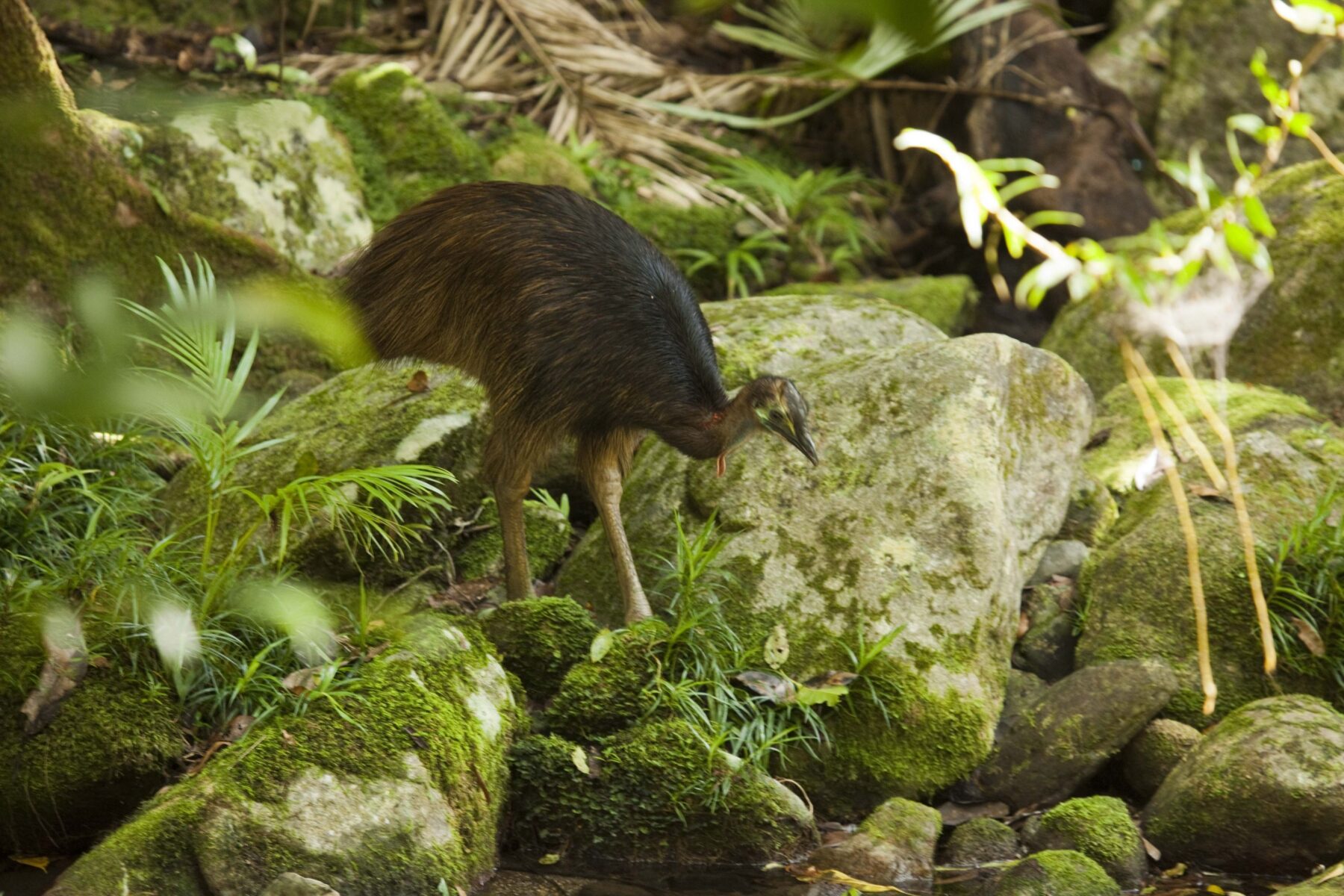
Internationally recognised, World Heritage-listed Daintree National Park attracts bird enthusiasts from all over the globe, who come to check out some of the staggering 430 different kinds of bird species. A tropical rainforest in Queensland’s far north, the Daintree has wet conditions, thick forests and fast flowing rivers that act like veins supplying life to its inhabitants. Birds in the Daintree are most prevalent during summer (the wet-season).
Look out for: pied monarch, Victoria’s riflebird, lesser sooty owls, Macleay’s honeyeater and kingfishers, especially the buff-breasted paradise kingfisher.
3. Christmas Island, WA

The tropical island’s patches of rainforest and limestone cliffs are mostly populated with seabirds and wanderers; the elaborate displays of many endemic species are similar to their Indonesian cousins. Christmas Island is also home to the annual migration of millions of red crabs, which attracts vast numbers of hungry birds. Secluded and isolated, the island’s bird inhabitants are surprisingly tame, having had no history with natural predators and humans – they are known to perch on peoples’ shoulders.
Look out for: Christmas Island goshawk, Abbott’s booby, golden-bosun bird and Christmas Island imperial pigeon.
4. Atherton Tablelands, QLD
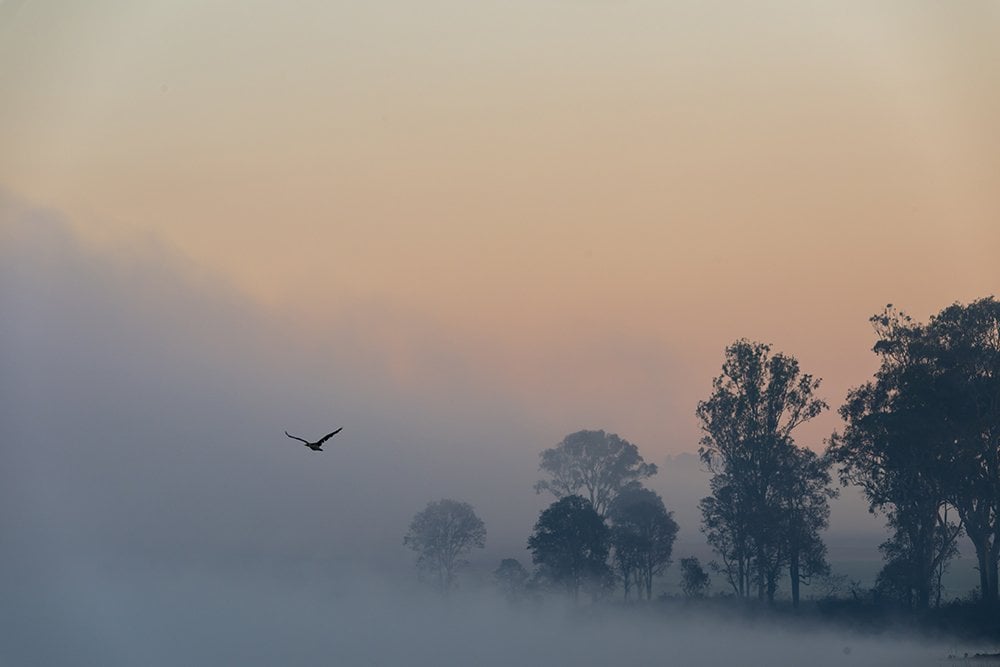
Definitely a must-visit location, the Atherton Tablelands, located just west of Cairns, is home to some of the most strikingly beautiful birds in Australia. The dense rainforests – once a volcano – is a perfect area to spot the male bowerbirds, which, in the spring/summer just before the wet season, will be in the midst of charming their female counterparts. The extensive rainforests and several volcanic crater lakes are home to 11 endemic bird species as well as a rich population of non-endemic species. Keep an eye out for natural clearings where large trees have collapsed, as they attract seed-eating birds – particularly the blue-face parrotfinch.
Look out for: sooty owl, buff-breasted paradise kingfisher and Victoria’s riflebird.
5. Broome Bird Observatory, WA

With 50 species of the world’s shorebirds, and more than 300 species of Australia’s 800, the Broome Bird Observatory is a twitchers’ haven. Situated on the mudflat shores of Roebuck Bay, it is a gathering place for thousands of migratory birds. Offering a multitude of unique habitats, it is a perfect site to tick off the scorecard. Massive pre-migratory flocks pan the mudflats searching for food before their annual migration in March/April to Asia. Another bonus is the easy accessibility to the bay for bird enthusiasts. Different species vary depending on seasonal change. Yellow-chats and 22 species of raptors can be seen frequently in the region.
Look out for: white-breasted whistler, red-headed honeyeaters, golden-whistler, Australian raptor and yellow-chat.
6. Lord Howe Island, NSW

Ravaged by the introduction of feral pigs and rats, several endemic species of the 11km-long island were wiped out by 1788 British explorers. Marked as a World Heritage site and showcasing the southern-most coral reef in the world, the island’s birdlife is a great example of how isolation affects species. A concentration of nesting seabirds and the species such as the flightless Lord Howe woodhen roam the island’s subtropical rainforests. Some of the most curious bird behaviour to exhibit is that of the petrels, which, upon hearing noisy, shouting humans climbing Mt Gower, literally drop from the sky, flopping down through the thick vegetation to check out the noise.
Look out for: black-winged petrel, white tern, Lord Howe woodhen and red-tailed tropicbird.
7. Dandenong Ranges, VIC
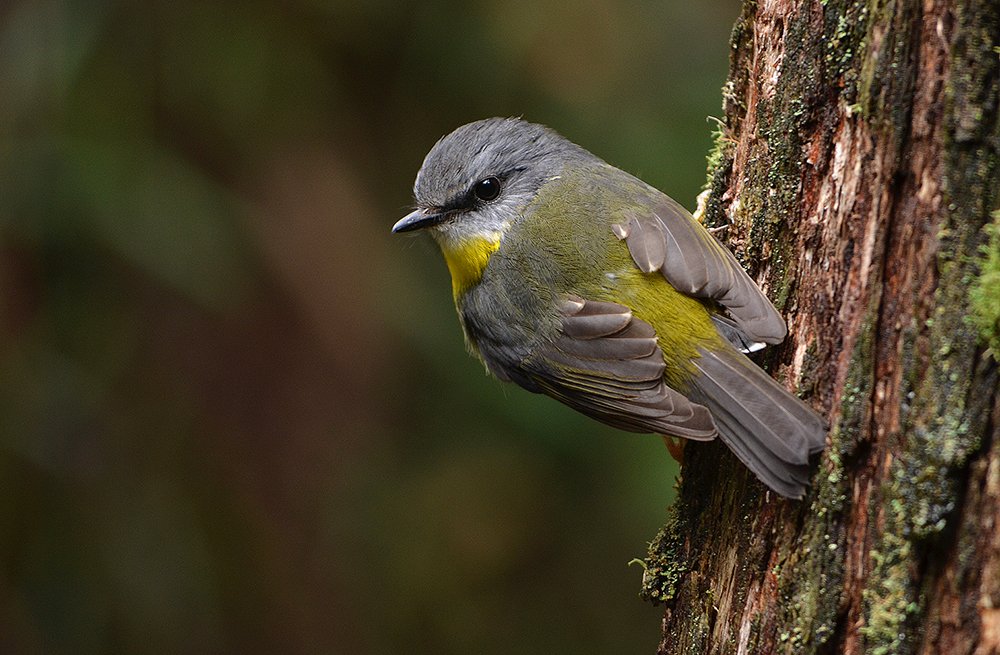
A mere 40km from Melbourne’s city centre, the Dandenong Ranges offers a diverse range of beauty and diversity of native birds. In a region dominated by eucalyptus trees, and high rainfall, your best chance to catch these cold climate birds is in winter and spring, when the birds are out and the rain is infrequent. Popular picnic spots such as, Sherbrooke and Kallista are commonly known as great twitching spots. Throughout the ferns and damp gullies live arboreal marsupials and bush rodents preyed upon by the elusive powerful owl. Endemic species within this habitat include the passerine and superb lyrebird. One of the best places to see these species is along the park’s tracks.
Look out for: yellow-tailed black-cockatoo, powerful owl, eastern spinebill, eastern yellow robin and superb lyrebird.
8. Chiltern, VIC
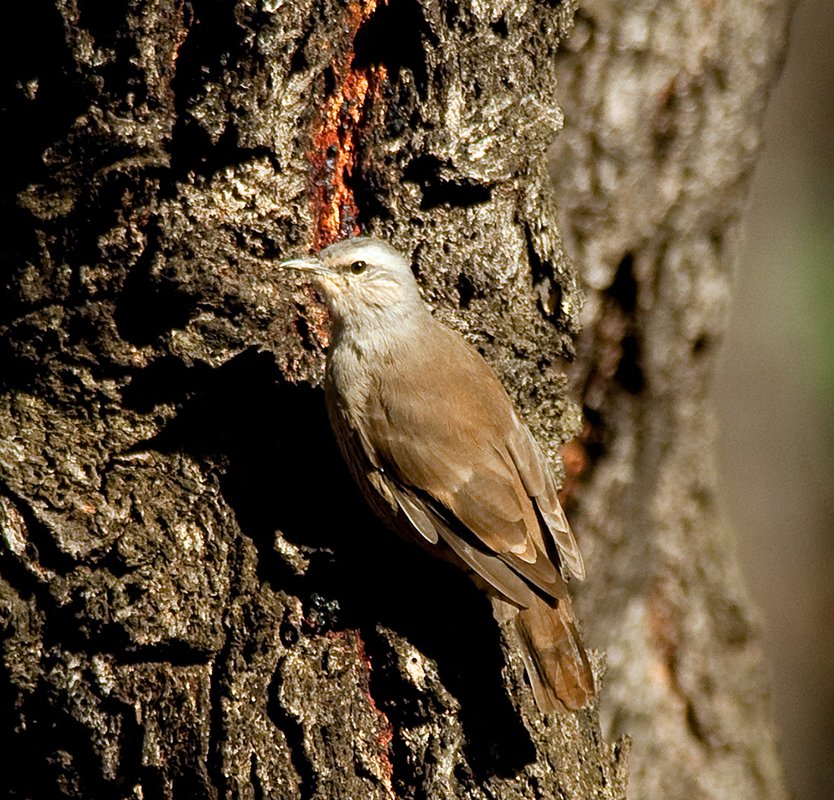
Chiltern provides an easier alternative to scouting out birds. Situated just short of NSW border, this park is marked by several dams. These are known positions where many of the birds stop by for a drink. The best option here is to be patient, grab a chair, and wait for them to come to you. Lappin’s Dam, Green Hill Dam and Cyanide Dam are reliable locations. Spring is undoubtedly the best season to see to visit Chiltern, which is a favourite of many bird species.
Look out for: turquoise parrot, regent honeyeater, barking owl and square tailored kite.
9. Fogg Dam Conservation Reserve, NT

Located on the fringes of Darwin’s rural area, these wetlands are home to 230 species of birds. Predominantly wetland, billabongs, and monsoon forests, it is home to the jabiru, Australia’s only stork. With many habitats to on offer, chances are you will see a diverse range of species. Seasonal changes do influence what you may come across. Other common locals are the blue-winged kookaburra and the endangered Gouldian finch.
Look out for: red-backed kingfisher, blue-winged kookaburra, Gouldian finch and black-necked stork.
10. Gluepot Reserve, SA

This 51,300ha expanse of mallee scrub and dry bushland is home to 197 species of bird species, including 18 which are nationally threatened. A last refuge for one of Australia’s rarest birds, this location allows twitchers the opportunity to encounter the likes of the elusive black-eared miner, and the scarlet-chested parrot. This UNESCO Biosphere reserve contains woodlands hundreds of years old, which have numerous hollows for nesting birds. Gluepot Reserve is accessible all year round.
Look out for: hooded-robin, red-lored whistler, scarlet-chested parrot, striated grasswren, black-eared miner, malleefowl and pink cockatoo.




